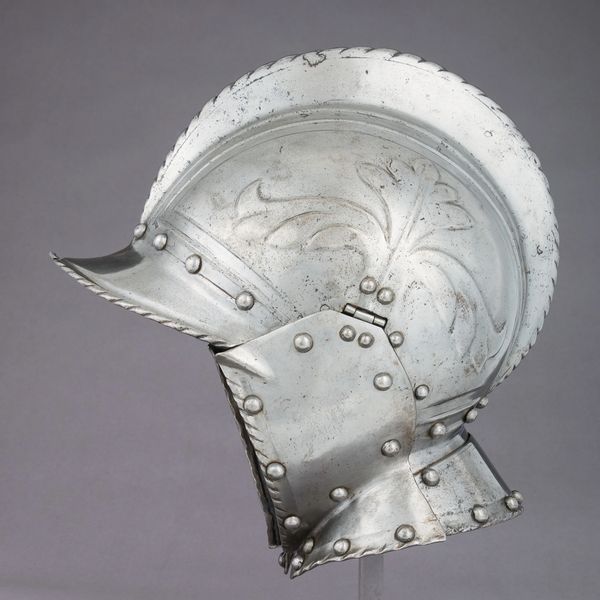The Border Reiver
border reiver weapons
THE BASKET-HILTED BACKSWORD
While the hilt was asymmetrical, the blade was double-edged, with the forward or cutting edge being sharp and the blunt or backedge being blunt. However, the last four to six inches of the back edge was also sharp to provide a good point for thrusting.
Courtesy of the Metropolitan Museum of Art
THE BOLLOCK DAGGER
Commonly carried by the Border Reivers, it was used as a backup for the lance and the sword. Named because of the distinctive swellings at the guard which resemble the male testes (bollocks). It was the forerunner of the Scottish dirk and used for eating as well as fighting.
Courtesy of the Metropolitan Museum of Art

BORDER LANCE OR PIKE
This weapon was a constant companion
of the Border Reiver. It generally averaged
about 8 feet in length.

LOCHABER AXE
Usually found in Scotland, this weapon had a staff of four to five feet in length with a long axe-like blade attached to the staff. A hook was usally attached to the backside of the blade.

JEDDART STAFF
A four foot staff with a glaive-like blade on one end, sometimes with a hilt on the other end.

LONG BOW
The long bow was a powerful weapon that was genearlly about 6 feet in length. I could travel accurately up to 350 yards and pierce all but the heaviest armor. One drawback was the strength it took to pull back the bow string and hold it until you were ready to realease the arrow.
Photo by Wolfgang Sauber, CC BY-SA 3.0

CROSSBOW
A type of bow that is used horizontally, where the bow string is pulled back manually, but unlike the long bow, the string is locked in place and released by a trigger mechanism.

LATCHET
A smaller and lighter crossbow with a lever action spanning mechanism that is built into the crossbow itself, making it easier to cock .
Cookie Policy
This website uses cookies. By continuing to use this site, you accept our use of cookies.



